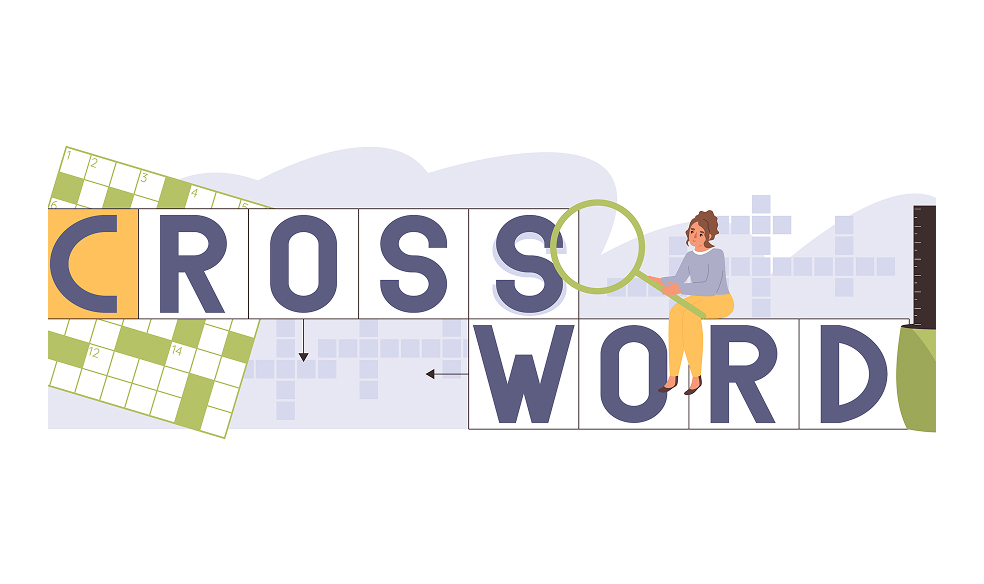In pursuit of the right instructional strategy, tutors spend hours planning and figuring out distinctive ways to teach in accordance with student needs. Institutions worldwide are experimenting with competency-based education to enhance student learning experiences. This approach helps every student to learn at their own pace and develop competencies step by step, unlike the traditional way of overloading the learners with irrelevant knowledge most of the time.
What is Competency-Based Education?
Competency-Based Education (CBE) involves giving every learner equal opportunities to master their skills, without relying on letter grades. Consider this as the fundamental focus point of competency-based education: A student should only proceed to the next academic level after mastering the listed competencies associated with their respective grade.
CBE allows the students to demonstrate what they have learnt with real-life examples, amplifying student engagement and sparking curiosity. Tutors do not have to rely on old-school methods anymore with CBE. Instead, they adopt an approach where it’s easy to highlight the learning gaps and make necessary amendments. With competency-based teaching strategies, tutors get to promote:
- Personalized Learning
- Skill Mastery
- Flexible Education
- Lifelong Learning
- Increased Student Engagement
Difference Between Traditional and Competency-Based Education
Let’s discuss how competency-based education differs from traditional means of learning:
Learning Environment
Traditional education occurs in classrooms where there is zero to no understanding of student goals or personalized learning.
In contrast, competency-based learning offers an equitable range of learning experiences at school. Students adopt a growth mindset from such a healthy and equitable learning environment.
Teaching Approach
In conventional classrooms, everything from dialogue, concept delivery, homework and assessment planning, to grading, depends on a single tutor.
Meanwhile, in competency-based education, tutors work collaboratively to plan curriculum alignment according to their students’ needs and challenges.
Assessment System
Traditional assessments classify students by ranking them according to the results generated from assessment scores. The learners do not get another opportunity to prove their worth and skills, as one summative event decides their overall progress.
However, assessments become an integral part of your learning with CBE. The students collaborate with their tutors and work on areas of improvement by scheduling multiple demonstration sessions to get re-evaluated until they reach mastery in respective skills.
Real-World Skills
Traditional education style depends on guesswork and drives expectations from students to develop skills without giving them the right tools, training, or concepts.
In CBE, students receive instruction backed by practical examples. The tutors challenge them by asking frequent questions that deepen student learning. Doing so allows the students to master competencies that help them thrive in their careers further.
Grading Policies
In traditional education, student grades are formed on a standard of rubrics set by the institution.
Consequently, for competency-based education, the students are tested on the basis of skill mastery.
Competency-Based Assessment Procedures
Assessments of competencies are an ongoing process rather than a summative event. Unlike the usual summative assessments, competency-based assessments focus on techniques to measure competencies through student demonstration. Tutors set learning goals based on the needs of students and their skill requirements. The method of assessing competencies may vary depending on the nature of the capabilities being evaluated.
Let’s learn about the benefits of competency-based assessments:
Benefits of Competency Assessments
Tailored Learning Experiences
Every individual is different, having their own set of preferences, likes, dislikes, and perspectives. Not all students learn at the same pace or develop skills within the same timeframe. With the help of competency-based assessments, students can work on their weaknesses, all while refining their subject-related skills.
Clear Expectations
Through competency assessments, both students and teachers stay clear on what is expected from them. Tutors focus on analyzing student skills, while learners focus on honing them with clearly defined objectives.
Flexible Assessments
Competency-based assessments offer flexibility to the students, allowing them to demonstrate their developed set of competencies whenever they are prepared. Flexible assessments help the students perform at their own pace and develop skills according to their learning styles.
Fair and Accurate Results
Competency assessments offer self-paced learning, promoting fairness and accuracy in assessments.
Final Thoughts
Competency-based learning is a system built on transferring a handful of skills to students by setting a set of competencies as the measure of learning. The implementation of competency-based learning assists the students to practically apply whatever they aim to learn with the help of proven strategies set by the institutions they are enrolled in.
However, there isn’t a single way of perfectly implementing competency-based education; it’s the execution that matters. Most schools implement CBE by utilizing their existing resources and strengths.





